The skills of master craftspeople – the famous Takumi – are central to the exceptional quality Lexus delivers in every car it builds. The new Lexus LC benefits from this precision approach; not just in the intricate details of its fittings and finishes, but also in the way the car rides and performs.
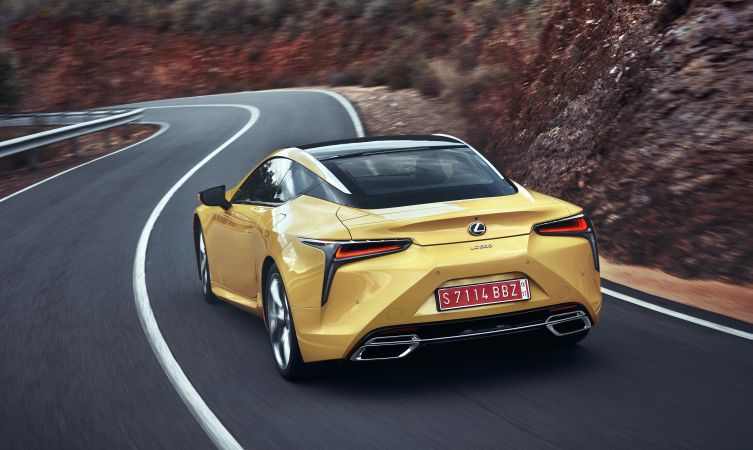
In this post we look at how the experience and finely tuned judgment of the Takumi has secured the best possible results.
Lexus LC: produced at the Lexus LFA plant
The new Lexus LC is built at the Motomachi plant, famously home to the hand-crafted LFA supercar. The factory’s layout and facilities have now been tailored to LC production to ensure the highest quality levels.

Many of the Takumi and skilled workers who built the LFA transferred to the LC project, bringing with them a wealth of knowledge and experience, particularly in the fields of carbon fibre components and hand-finishing.
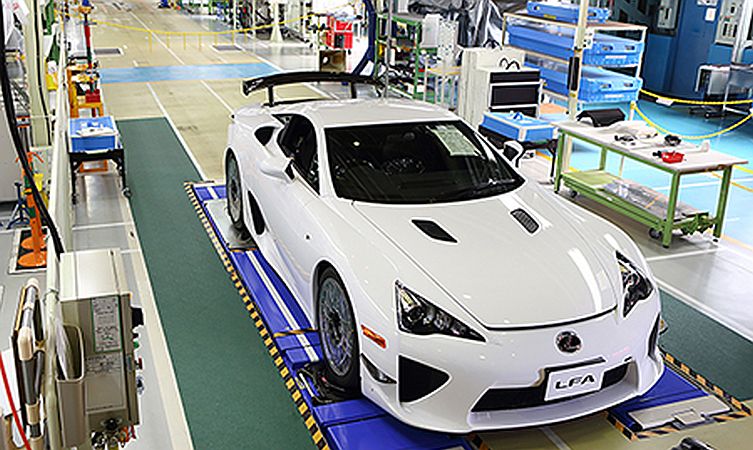
The LC production line at Motomachi has a pure white finish from floor to ceiling to create an environment that helps the team members focus on their work. Each person spends around 20 minutes working on each car, combining hand and eye skills with the use of tablet devices to check and re-check the quality of each process. Mental and technical skills are constantly developed to support the brand’s rigorous quality standards.
Final checks are carried out in a glass-walled inspection booth equipped with LED lighting – even set into the floor – to ensure a precision finish across all surfaces, evenness of colour, interior quality and operation of functioning parts. The substantial thickness of the glass walls also allows minute sound abnormalities to be detected in dynamic checks that monitor noise and vibration.
Lexus LC: interior finishing
The skills of the Takumi are personally experienced in the attention to detail invested in the cabin environment. It can be seen in the way leather is wrapped across complex surfaces, the radiating pleats of Alcantara across the door panels, and the precise arrangement of the perforations in the leather seat upholstery.
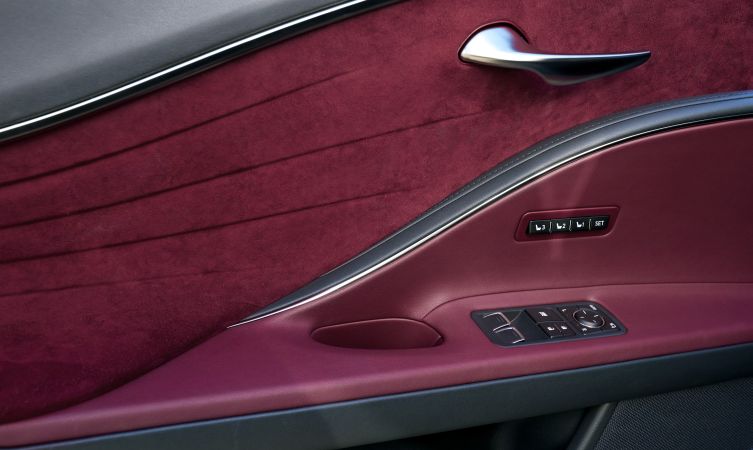
The shape and feel of the steering wheel – a critical link in communicating the quality of the LC’s performance – was defined through hours of testing and re-testing by a Takumi master driver. His exhaustive analysis produced a complex cross-section design ideally shaped to suit the driver’s changing grip and hand position while steering.
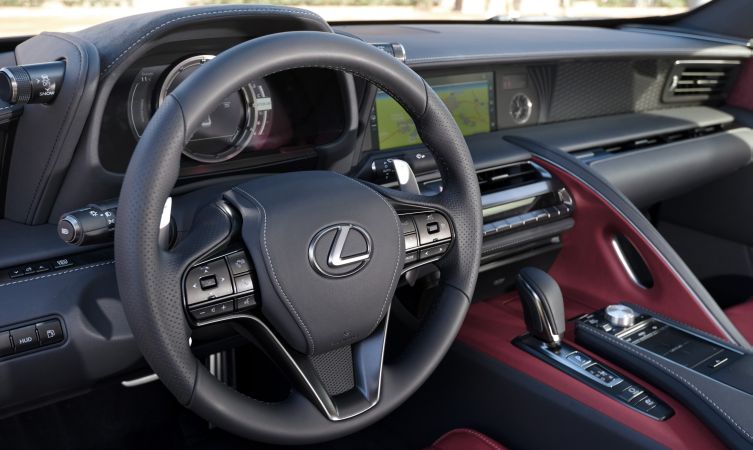
A similar process was applied to developing the shape and action of the paddle shifters for manual gear selection. Crafted in cool-to-the-touch magnesium alloy, they have a finely designed profile for ease of use and operate with a satisfying click-response.
Great effort was also invested to ensure a seemingly simple component like the gear shift knob conveys a suitable level of quality and tactility. For instance, the metal parts are subtly recessed, so the driver’s hand feels only the leather surface in use. Different leather textures are also used to reinforce the feel of different shift actions – smooth on top for comfort and perforated across the rear panel to increase the sensation of a shift change.
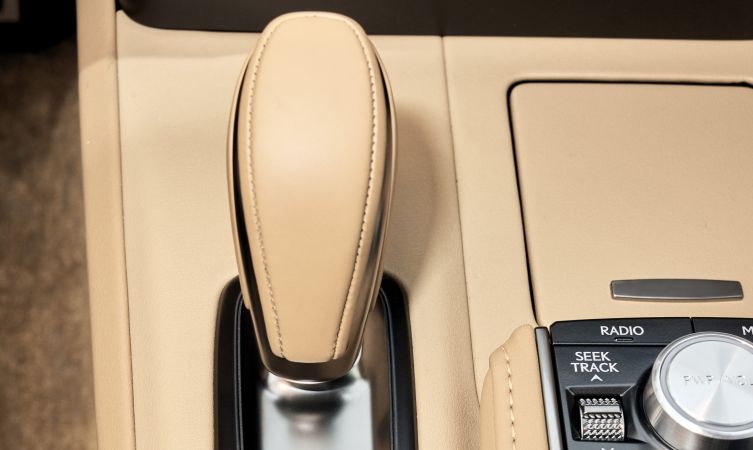
The leather covering itself was created using an in-stitch method to conceal the joints between panels. The seams are straight, having a margin tolerance of just 2mm, while the size and shape of the stitch holes, as well as the thickness and angle of the needle are all subject to constant checks to ensure perfect consistency.
Lexus LC: high-speed resin transfer moulding
The finish of the Carbon Fibre Reinforced Plastic used in the Lexus LC has a twill weave effect, made possible by a new, high-speed resin transfer moulding process.
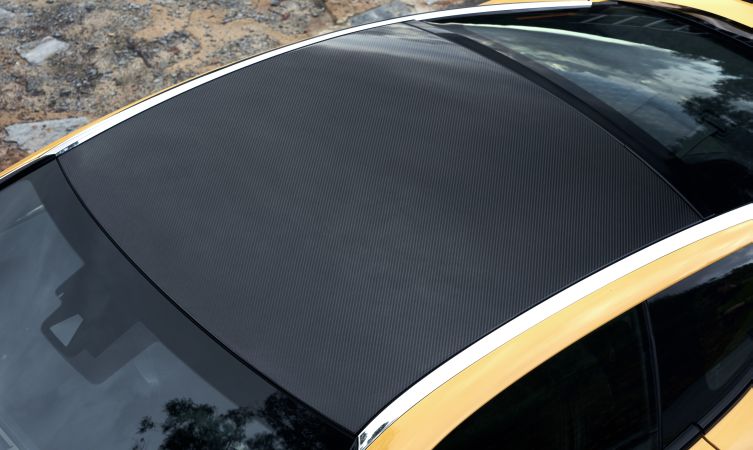
Raw carbon fibre material is inserted into a mould and clamped in place before the resin material is inserted – a technique developed at Motomachi for production of the Lexus LFA and now adapted for volume production. The use of a CFRP roof panel is a major contributor to the coupe’s low centre of gravity and reduces overall weight.
Lexus LC: self-piercing rivets
Lexus has adopted a new technique for combining aluminium with steel to help save weight in key areas, notably the construction of the front suspension towers.
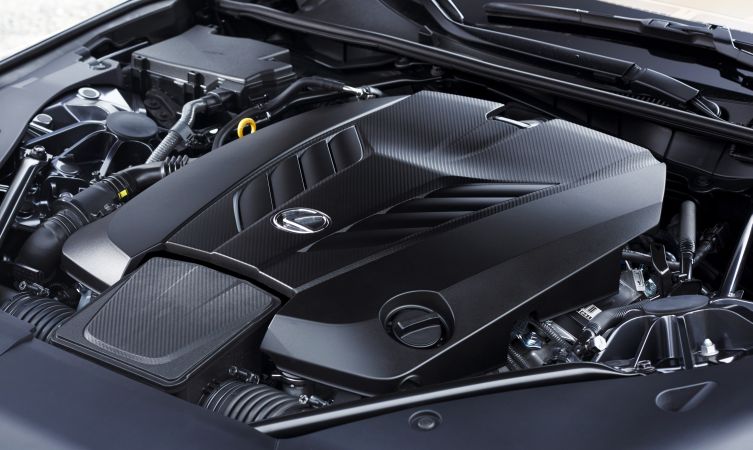
The use of self-piercing rivets allows these different metals to be securely joined where welding methods are unsuitable: in place of spot-welding, the material is pierced on its upper side only.
Lexus LC: driving dynamics
The skills and experience of the Takumi were further invested in securing excellent driving dynamics for the new luxury coupe. The master driver worked exclusively on the LC to maintain a complete focus, making fine adjustments to achieve the best results, right up to the start of production.
His aim was to ensure that the promise of a great drive expressed by the car’s styling and engine sound on start-up is delivered when you take the wheel and pull away.

The sharpness and responsiveness of the steering, the strong, rhythmic progress of the transmission, the supportiveness and comfort of the seats and the position of the pedals – all were scrutinised to produce the best possible combination. The goal was not just a rewarding drive but performance that actively makes you want to drive.
Prototypes were assessed on all kinds of roads, including Europe and the USA, to ensure that its ride and handling met the different demands of drivers and driving conditions around the world.
Lexus LC: What is it like to drive?
The first independent reviews from the world launch have now been published. What did professional UK motoring journalists think of our new luxury coupe? Does the driving experience live up to the promise of its attention-grabbing appearance?
Click here to be taken to our round-up of their reports.





The car is pure class, I feel like a kid wishing & hoping one day I would have 1 lol
Hi Clive,
Thank you for your kind words. We will keep our fingers crossed for you. Thanks.
Exudes perfection that no other volume manufacturer can match
Hello Terry,
Thanks for getting in touch, we appreciate your positive comments. If you’re interested in the LC, you may like this: https://mag.lexus.co.uk/lexus-lc-interior-design/.
It will be nice to have one like it. LC.
Hi Erroll,
Thanks for your comment. If you’re interested in the LC, you might like to take a look at this: https://mag.lexus.co.uk/lexus-lc-greatest-challenge/
Thanks.